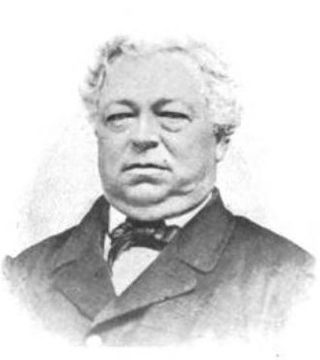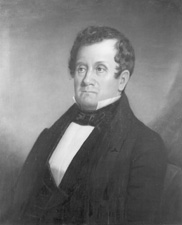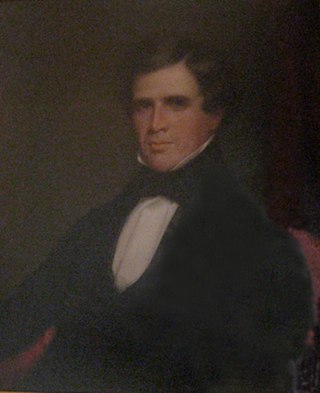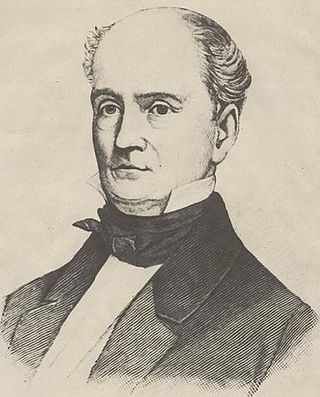
The 1852 Vermont gubernatorial election was held on Tuesday, September 7. Incumbent governor Charles K. Williams, a Whig, was not a candidate for reelection. In the voting, Whig Erastus Fairbanks received 49.2 percent, Democrat John S. Robinson 31.3 percent, and Free Soil Party nominee Lawrence Brainerd 19.6 percent.

The 1854 Vermont gubernatorial election for governor of Vermont took place on September 5. The Whig nominee was Stephen Royce, former Chief Justice of the Vermont Supreme Court. The Democratic nominee was Merritt Clark, and Lawrence Brainerd ran as the nominee of the Free Soil Party even as he was one of the organizers of the new anti-slavery Republican Party and appeared as a Whig candidate for the Vermont Senate on the ballot in Franklin County. Whig William C. Kittredge was nominated for governor against his wishes by advocates of the Temperance movement and Democrat Horatio Needham also attracted the support of some Free Soil advocates.

The 1855 Vermont gubernatorial election for governor of Vermont was held on September 4. With the Whig Party defunct after 1854, incumbent Stephen Royce, who had run with the support of both Whigs and the new Republican Party in 1854, ran as the nominee of the Republicans. The Democratic candidate was Merritt Clark, who had run unsuccessfully against Royce in 1854. James M. Slade, the Clerk of the Vermont House of Representatives was the nominee of the Know Nothing Party, also called the American Party.

The 1847 Vermont gubernatorial election took place on September 7, 1847, and resulted in the reelection of Whig Party candidate Horace Eaton to another one-year term as governor, his second.

The 1842 Massachusetts gubernatorial election consisted of an initial popular election held on November 14, 1842 that was followed by a legislative vote held on January 17, 1843. The ultimate task of electing the governor had been placed before the Massachusetts General Court because no candidate received the majority of the vote that was constitutionally required for a candidate to be elected through the popular election. Incumbent Whig Governor John Davis was defeated by Democratic nominee and former Governor Marcus Morton.

The 1835 New Hampshire gubernatorial election was held on March 10, 1835.

The 1857 New Hampshire gubernatorial election was held on March 10, 1857.

The 1863 New Hampshire gubernatorial election was held on March 10, 1863.

The 1839 New Hampshire gubernatorial election was held on March 12, 1839.

The 1835 Vermont gubernatorial election was held on September 1, 1835.

The 1836 Vermont gubernatorial election was held on September 6, 1836.

The 1837 Vermont gubernatorial election was held on September 5, 1837.

The 1838 Vermont gubernatorial election was held on September 4, 1838.

The 1840 Vermont gubernatorial election was held on September 1, 1840. Incumbent Whig Governor Silas H. Jennison defeated Democratic nominee Paul Dillingham with 59.58% of the vote.

The 1841 Vermont gubernatorial election was held on September 7, 1841.

The 1842 Vermont gubernatorial election was held on September 6, 1842.

The 1843 Vermont gubernatorial election was held on September 5, 1843.

The 1844 Vermont gubernatorial election was held on September 3, 1844.

The 1845–46 Massachusetts gubernatorial election consisted of an initial popular election held on November 10, 1845 that was followed by a legislative vote held on January 12, 1846. The ultimate task of electing the governor had been placed before the Massachusetts General Court because no candidate received the majority of the vote required for a candidate to be elected through the popular election. Incumbent Whig Governor George N. Briggs defeated Democratic nominee Isaac Davis, Liberty Party nominee Samuel E. Sewall and Know Nothing nominee Henry Shaw.






















